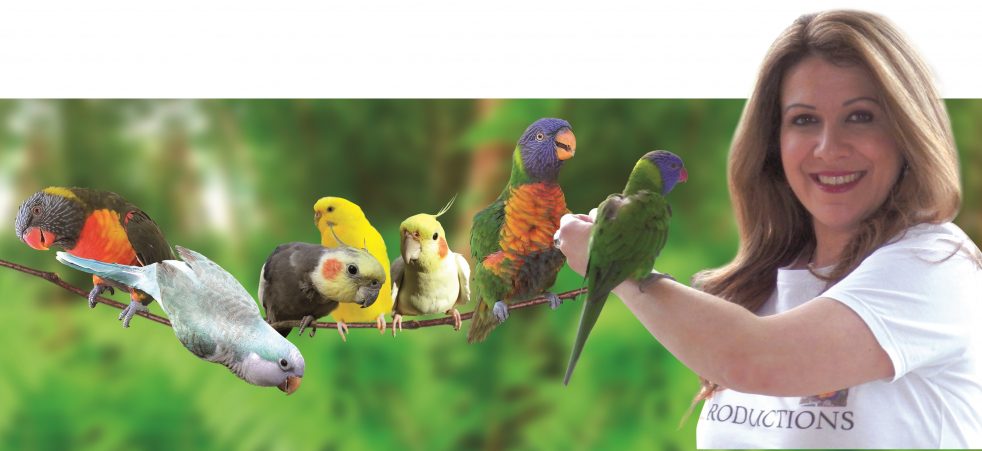About the AWSG
The Australasian Wader Studies Group (AWSG) was formed in 1981 as a special interest group of BirdLife Australia to coordinate and focus studies on waders, or shorebirds, in Australia and throughout their migration routes in the Asia Pacific.
Short Video of Western Rosella in Australia and conservation attempts
Crimson Rosella- Birds in Backyards
Basic Information
What does it look like?
There are several colour forms of the Crimson Rosella. The form it is named for has mostly crimson (red) plumage and bright blue cheeks. The feathers of the back and wing coverts are black broadly edged with red. The flight feathers of the wings have broad blue edges and the tail is blue above and pale blue below and on the outer feathers. Birds from northern Queensland are generally smaller and darker than southern birds. The ‘Yellow Rosella’ has the crimson areas replaced with light yellow and the tail more greenish. The ‘Adelaide Rosella’ is intermediate in colour, ranging from yellow with a reddish wash to dark orange. Otherwise, all the forms are similar in pattern. Young Crimson Rosellas have the characteristic blue cheeks, but the remainder of the body plumage is green-olive to yellowish olive (occasionally red in some areas). The young bird gradually attains the adult plumage over a period of 15 months
Farewell Shorebirds, Australia
Webcasts
American Bird Conservancy





